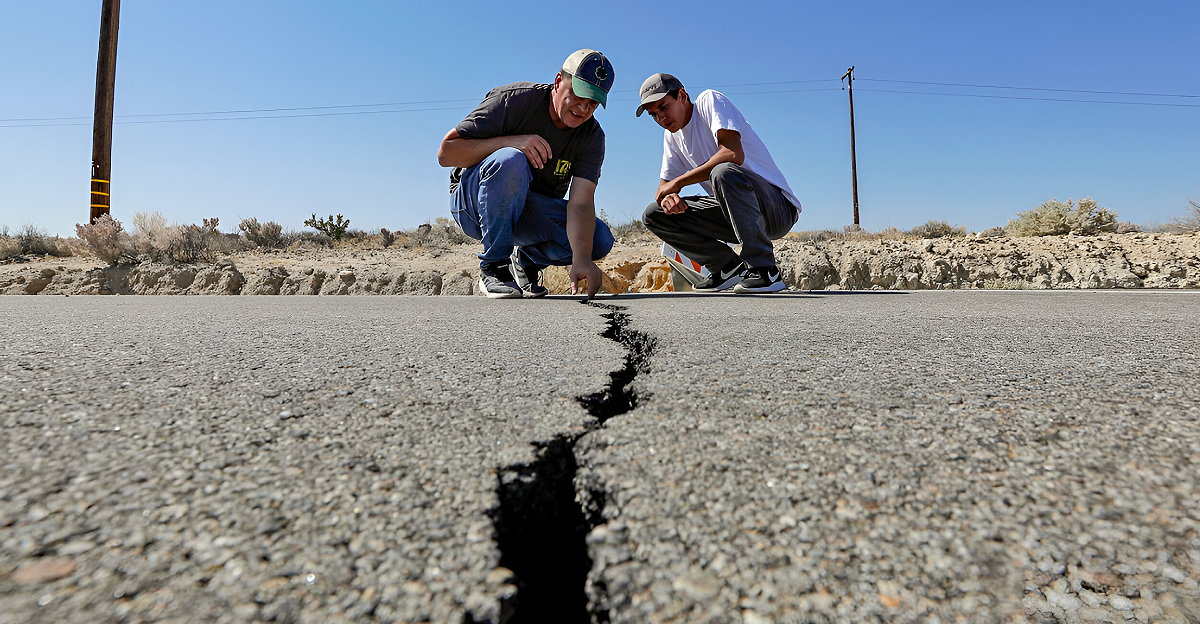
Southern California has been rattled by an unusual earthquake swarm, with hundreds of small tremors shaking the region over the past week. These aren’t random isolated shakes but a coordinated series of seismic events forming what experts call a “swarm,” rippling through fault lines beneath millions of residents. Social media has transformed this geological phenomenon into a viral sensation: TikTok videos show rattled belongings, while Reddit forums buzz with firsthand accounts, blending curiosity and concern.
Yet beneath the online chatter lies a more serious question: Does this swarm herald the approach of the notorious “Big One”? Scientists and citizens grapple with the tension of interpreting these tremors, seeking to understand if these subtle subterranean murmurs are mere background noise or an ominous prelude. This seismic event is a vivid reminder that the Earth’s calm surface masks complex, restless forces below.
When the Ground Rattles, the Nation Watches

California’s earthquakes extend their impact far beyond state borders. As America’s most populous state precariously rests atop a network of active faults, including the infamous San Andreas, the tremors threaten ripples across the nation’s economic and infrastructure systems. Emergency management teams vigilantly track these quakes, preparing for disruptions to supply chains, utilities, and vital services.
The seismic activity triggers market jitters as investors factor in the risk to key ports, technology hubs, and transportation corridors. With over 40 million residents amidst swelling uncertainty, the nation stands attentive. These layered consequences show how a localized geologic shift can cascade widely, amplifying the stakes well beyond shaking neighborhoods to affecting the country’s stability.
Remembering the Bitter Lessons
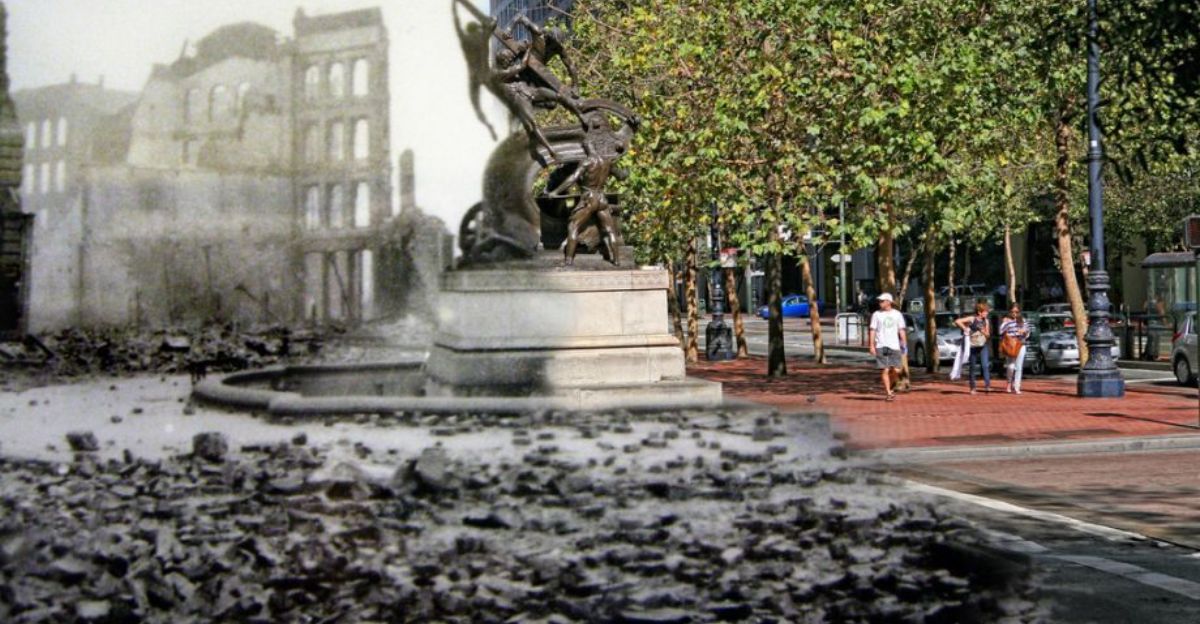
California’s current earthquake swarm echoes a history punctuated by seismic catastrophes. The 1906 San Francisco quake remains a haunting memory that reshaped nationwide urban planning and building standards. These recent small tremors aren’t mere blips but chapters in an ongoing tectonic narrative that demands respect.
Past events teach a dual lesson: the Earth’s unpredictability and humanity’s capacity to adapt and endure. This history tempers anxiety by emphasizing preparedness over panic. The present swarm fits into a larger pattern of geological activity that has tested communities and infrastructure, reminding Californians that resilience is hard-earned but essential amid nature’s restless forces.
Pressure Builds Beneath Our Feet
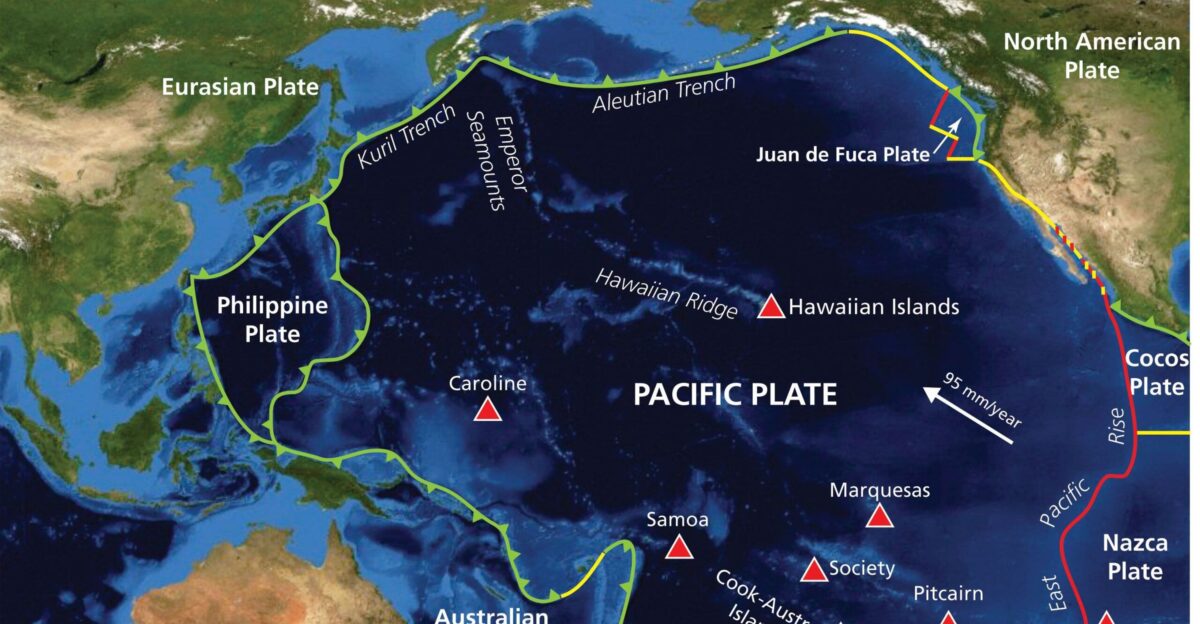
The swarm’s origin lies in relentless tectonic forces. The Pacific and North American plates grind past one another, storing energy along the San Andreas, Puente Hills, and Newport-Inglewood thrust faults. This subterranean stress doesn’t build uniformly; it accumulates and releases in unpredictable cascades of earthquakes. While not every minor quake foreshadows a disaster, clusters of seismic events are signals that fault lines are growing more strained.
Scientists oversee these patterns because the Earth sends coded warnings beneath Southern California’s urban sprawl. These repeated tremors reveal a pressure buildup in one of the world’s most populated and geologically volatile regions, a constant subterranean reminder that the ground beneath is anything but still.
The Groundbreaking Reality: Hundreds of Quakes

Southern California has endured hundreds of earthquakes recently, mostly ranging between magnitude 2 and 4, with several nudging into the upper 3s and low 4s strong enough to rattle nerves but not yet catastrophic. Among these quakes is significant activity along the Parkfield segment of the San Andreas fault, a notorious hotspot with a history of major quakes roughly every 20 years. The last big shake here occurred in 2004, putting scientists on alert as 2025 approaches.
This swarm isn’t a series of isolated incidents but a complex, coordinated geological conversation beneath the surface. While a major quake isn’t guaranteed, this cluster’s size and location make it impossible for experts and residents alike to dismiss. These hundreds of tremors collectively form a persistent earthquake hum that could presage more. The seismic pattern demands attention because it might be nature’s early warning.
Californians on Edge Amid the Tremors

The swarm transcends numbers for residents from Los Angeles to Orange County; it’s a lived, visceral experience, and social platforms like YouTube showcase videos of rattling chandeliers and startled residents recounting their shock. Reddit threads become crowdsourced pulse checks, mixing humor, skepticism, and genuine anxiety.
The quake swarm’s proximity to densely populated urban centers, especially those sitting atop the less famous but perilous Puente Hills thrust fault beneath LA, stokes fear. Here, bustling life overlays fault zones capable of unleashing devastation far beyond recent memory. This close call with nature’s hidden forces presses home that millions live atop potential disaster zones, where calm today could unravel tomorrow.
Community Leaders and Industry Respond
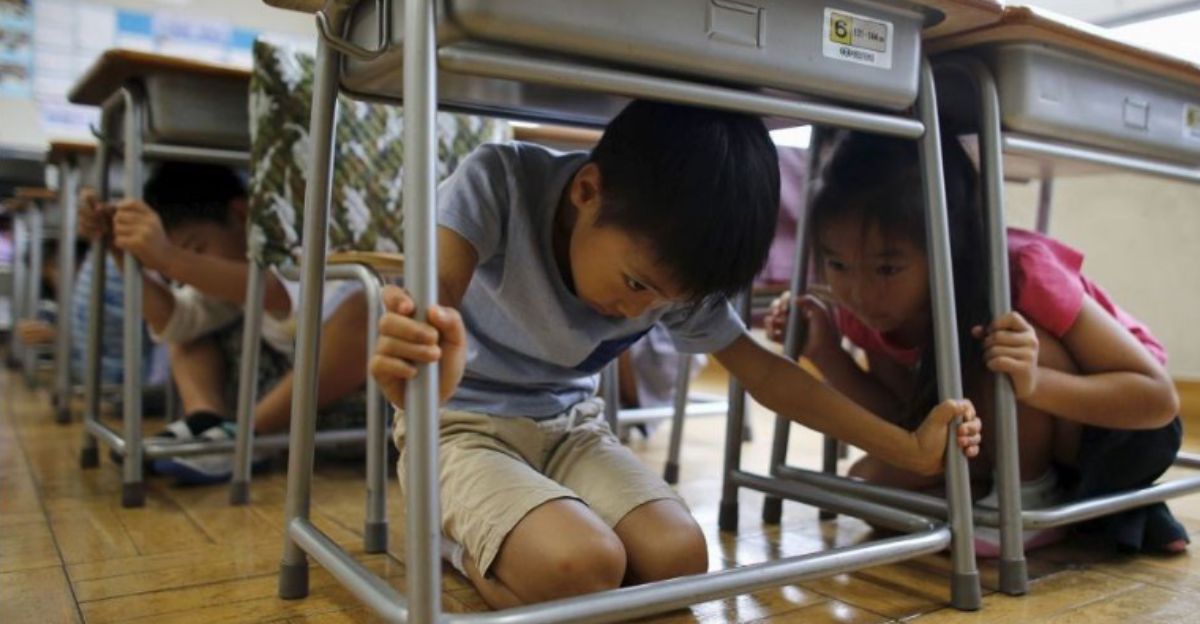
Local governments and emergency responders have reacted swiftly, heightening readiness even as tremors continue. Drills and public education campaigns ensure communities are not caught off guard. Infrastructure inspections intensify, scrutinizing bridges, pipelines, and older buildings with an eye toward vulnerabilities that could magnify damage. The insurance and construction sectors face mounting pressure; claims could rise if tremors escalate, and building codes are urgently reviewed to enhance quake resilience.
Small businesses and schools wrestle with the anxiety and disruption of living in a seismic hotspot. The threat affects operations for franchise owners and local merchants as consumer confidence wavers. What began as a natural phenomenon reshaped community cohesion, industry norms, and economic behavior in real time.
Competitors Jockey for Public Confidence

In this climate of uncertainty, businesses vie to prove their stability and safety. Disaster preparedness companies see opportunities, offering products and services to worried residents. Meanwhile, public utilities, transit agencies, and real estate developers emphasize their earthquake-resilient infrastructure to attract and reassure customers.
The seismic activity ignites a marketplace of trust where reliability becomes a competitive edge. Companies must balance transparency and assurance, retaining consumer loyalty while readying for potential service interruptions. This new dynamic transforms industries’ operations, accelerating investments in resilience and crisis communication. Earthquakes are geological events and business disruptors, reshaping commercial priorities and consumer expectations.
Shifting Behaviors Underfoot

The persistent swarm ripples daily life as Californians reassess routines and priorities, search for earthquake preparedness, surge online, with survival tutorials and emergency kit guides trending on social media. Homeowners scrutinize insurance policies more closely, demanding clarity on coverage against quake damage.
Urban planners hasten conversations on retrofitting and modernizing infrastructure to withstand the next major shake. This behavioral pivot highlights a cultural shift from complacency toward vigilance. Residents who once treated earthquakes as distant possibilities now see them as imminent concerns. The swarm catalyzes a collective awakening, transforming knowledge into preparedness and anxiety into actionable readiness.
Awaiting the Next Chapter in the Tectonic Story
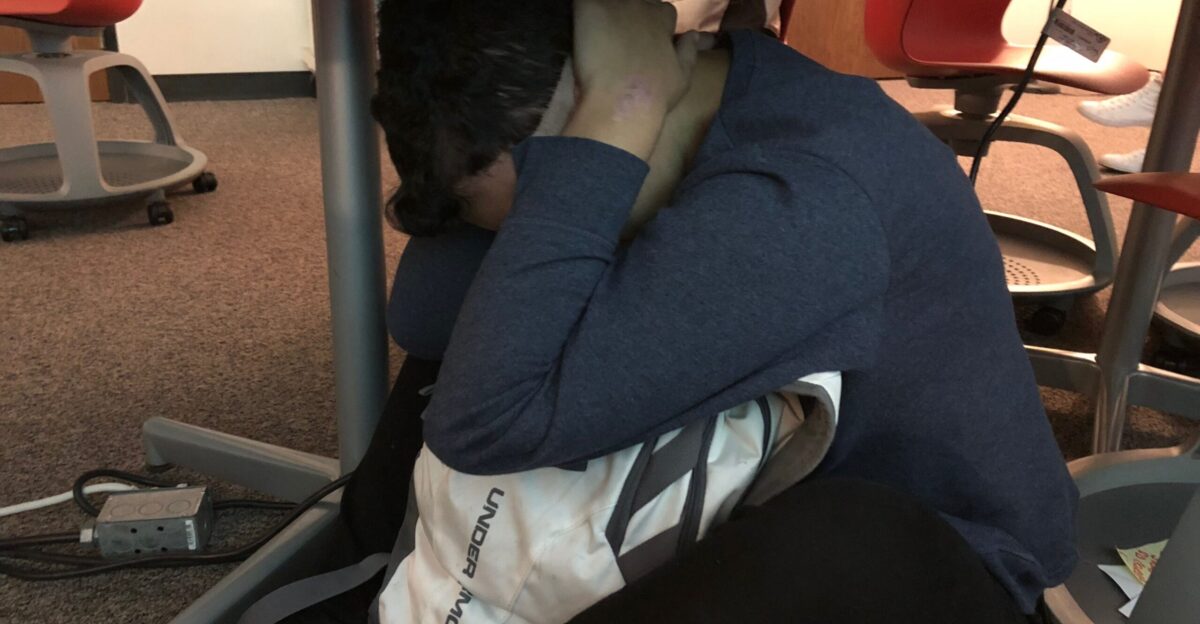
Questions loom large as swarms continue beneath California’s surface: Will these tremors crescendo into the feared “Big One”? While only a minority of swarms precede major quakes, the increased frequency raises alert levels. Scientists caution against panic, underscoring unpredictability, but urge preparedness.
This moment is a crossroads where natural forces and human resilience intersect. Communities, governments, and individuals are challenged to convert seismic warnings into real readiness, ensuring that millions are better protected when the next big quake arrives. The unfolding tectonic saga remains unwritten, but its story will define the resilience of a state forever shaped by the restless Earth beneath it.







